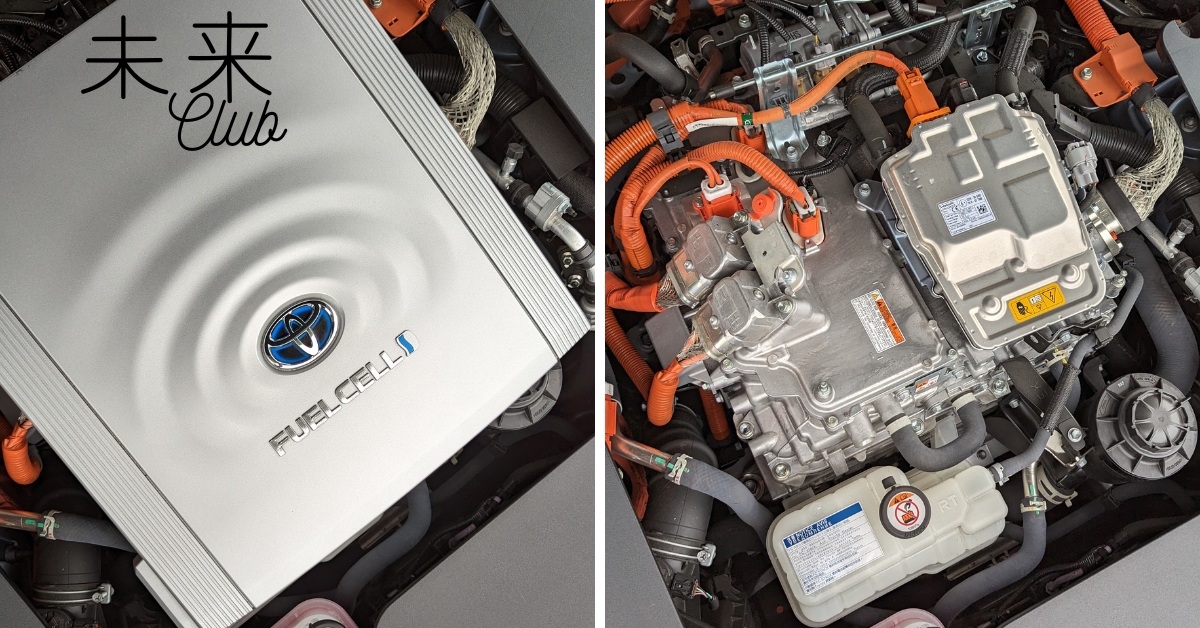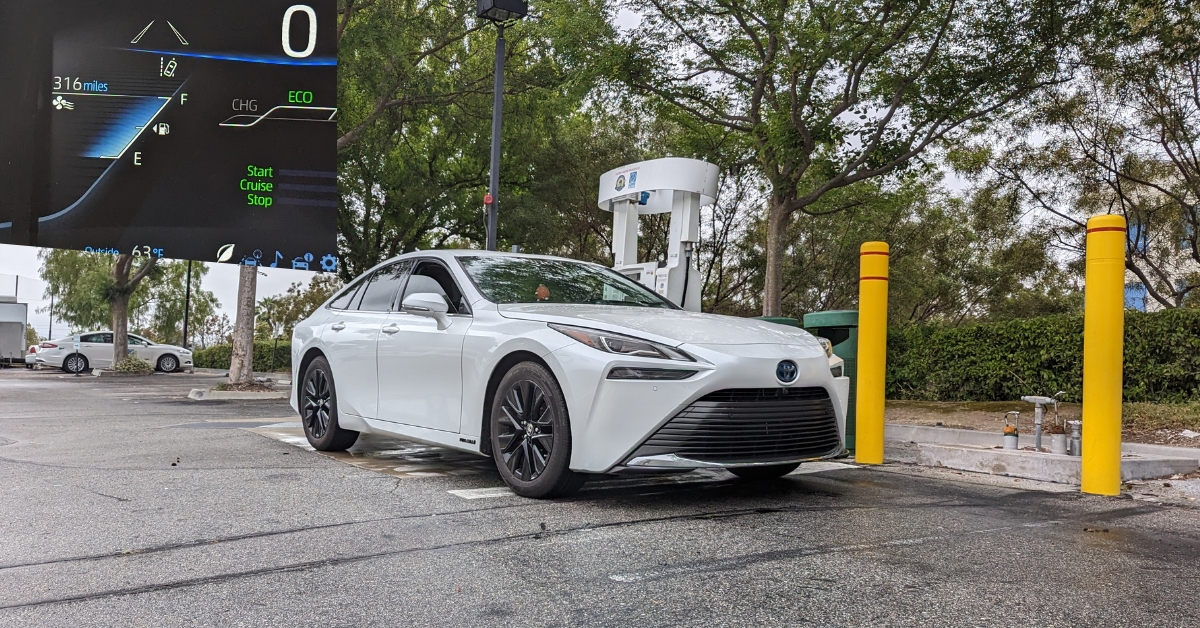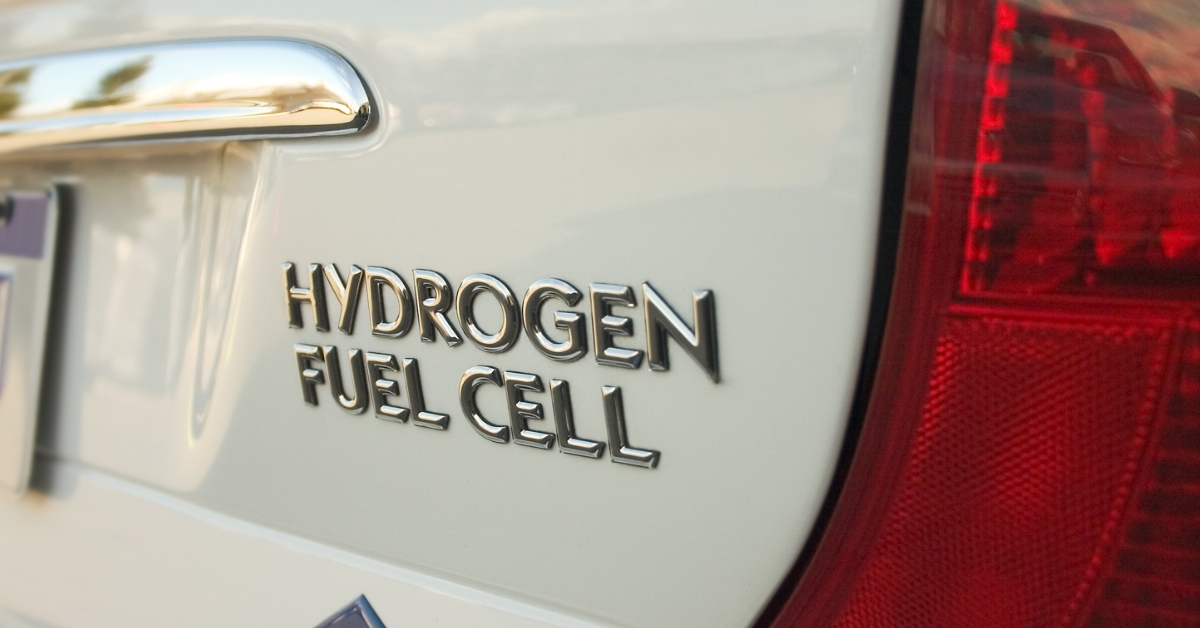As the world continues to explore clean energy solutions, hydrogen fuel cells have emerged as a promising technology. Fuel cells provide efficient and sustainable electricity generation without harmful emissions. In this article, we will explore the inner workings of a hydrogen fuel cell, unraveling its components, electrochemical reactions, and environmental benefits.
- Understanding Hydrogen Fuel Cells: A hydrogen fuel cell is an electrochemical device that converts the chemical energy stored in hydrogen fuel directly into electrical energy. It operates through a controlled reaction between hydrogen and oxygen, generating electricity, heat, and water vapor as byproducts.
- Structure and Components: A fuel cell consists of several key components, including an anode (negative electrode), a cathode (positive electrode), an electrolyte, and a catalyst. These elements work together to facilitate the electrochemical reaction that generates electricity.
- Hydrogen Input: Hydrogen gas is supplied to the anode of the fuel cell. The catalyst on the anode splits the hydrogen molecules (H2) into positively charged hydrogen ions (protons) and negatively charged electrons.
- Electrolyte Medium: The electrolyte, typically a polymer membrane, allows only positively charged ions to pass through while blocking electrons. This separation maintains the electrical balance within the fuel cell.
- Oxygen Input: Oxygen gas (usually from the air) enters the cathode. The catalyst on the cathode facilitates the combination of oxygen, protons, and electrons, creating water vapor as a byproduct.
- Electrochemical Reaction: The positively charged hydrogen ions (protons) pass through the electrolyte membrane and migrate to the cathode. The electrons, unable to pass through the electrolyte, are forced to travel through an external circuit, creating an electrical current that can be utilized for various applications.
- Electricity Generation: The electrons flowing through the external circuit can power electrical devices, such as motors, lights, or electronic systems. The hydrogen ions, upon reaching the cathode, combine with oxygen and electrons to form water vapor, which is then expelled as a clean byproduct.
- Environmental Benefits: Hydrogen fuel cells offer numerous environmental advantages. They produce electricity with zero greenhouse gas emissions, as the only byproduct is water vapor. Fuel cell vehicles significantly reduce air pollution and dependence on fossil fuels, contributing to a sustainable and cleaner transportation future.
- Applications: Fuel cells find applications in various sectors, including transportation, residential power generation, portable devices, and grid-scale energy storage. They offer a versatile and efficient energy solution across a wide range of industries.
- Challenges and Future Outlook: While hydrogen fuel cells present tremendous potential, challenges such as cost, infrastructure, and hydrogen production methods need to be addressed. Continued research and development efforts aim to enhance the efficiency, durability, and affordability of fuel cell technology, paving the way for widespread adoption.
Hydrogen fuel cells offer a clean, efficient, and sustainable method for generating electricity. By harnessing the electrochemical reactions between hydrogen and oxygen, fuel cells provide a reliable and environmentally friendly energy solution. As advancements continue and infrastructure expands, hydrogen fuel cells have the potential to revolutionize transportation and power generation, accelerating the transition towards a greener and more sustainable future.





